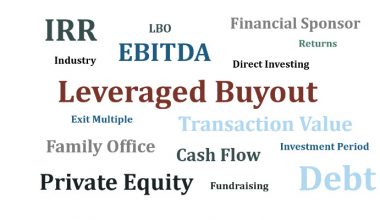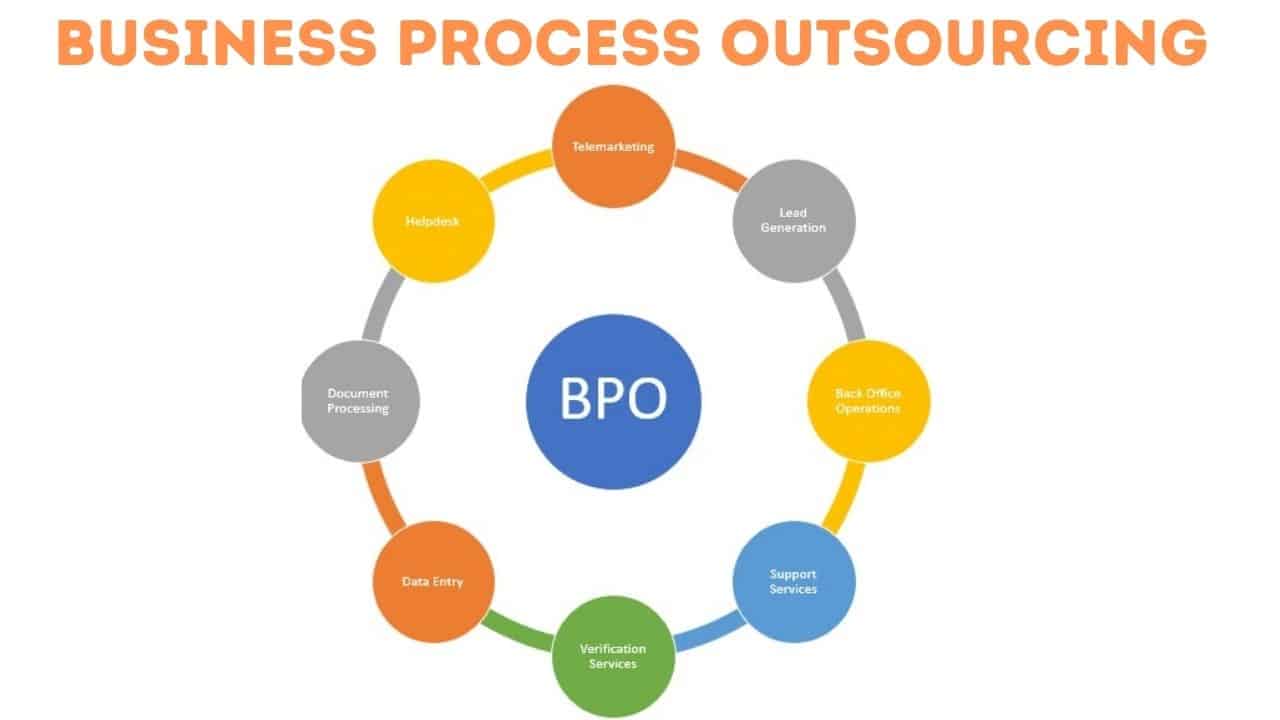The emergence of e-commerce has also aided in the development of an entirely new sales model: the direct consumer.
Prior to the internet’s widespread use, most manufacturers relied on third-party retailers and marketplaces like Walmart to get their products into the hands of consumers. However, once e-commerce took off, direct consumer sales and the ability to sell directly to customers became the norm.
Spurred by the pandemic, DTC sales topped $150 billion in 2022, an increase of 16.9% year-over-year. Continue reading to learn more about the direct-to-consumer business marketing model and how to successfully use it for your brands.
What is Direct-to-Consumer (D2C) Marketing?
Direct-to-consumer is a business model in which manufacturers make and sell products directly to consumers, bypassing the traditional retail store structure. The direct-to-consumer market has grown significantly in recent years, as more and more brands choose to bypass the middleman and sell directly to customers.
Becoming D2C or DTC offers various benefits, with competitive pricing being a big one for consumers. The direct contact between manufacturers and customers allows D2C brands to control the entire customer experience and gain a greater understanding of their customer’s requirements, wants, and preferences, which can then be used to improve their offerings and goods.
But, going D2C is not easy. To be heard and noticed by your target market, you must have a D2C-specific strategy in place.
How the Direct-to-Consumer Model Operates
The model does exactly what it says on the tin: it sells directly to customers. Consumers visit your website or another digital channel, make a purchase through your business, and receive the product directly from you—no middlemen in sight.
The entire procedure takes place between the brand and the customer, and the brand has complete control over the fulfillment process. Typically, DTC brands are digitally native and prefer an omnichannel strategy to create customized experiences for each customer. This is not to imply that DTC brands cannot have physical locations; rather, the emphasis in-store is on customer experience and engagement rather than sales.
Many direct-to-consumer brands have a very specific target group and sell a restricted variety of products—for example, Dollar Shave Club sells razors and Warby Parker sells spectacles. The model emphasizes on building customer relationships and providing experiences that put the consumer first and show a deep awareness of shopper pain issues. Discounts, loyalty programs, reviews, and user-generated content are all used by many brands to develop communities and maintain long-term customers.
Why Go Direct to the Consumer?
When a consumer goods company expands its wholesale strategy to incorporate direct-to-consumer channels, it opens up new options to create relationships with existing consumers, attracts new audiences, and boost sales beyond the restrictions of current retail partners. Companies can also utilize their D2C site to test new items and gain first-party data that will help them grow their business.
An illustration from the real world: A major bicycle manufacturer established a D2C channel. They gathered data from their consumers and discovered that gender-specific sizes were irrelevant because each rider was unique. They saved millions of dollars by removing male- and female-specific bikes.
Consider the following benefits of going direct to the consumer.
#1. Get access to first-party data that can assist you in personalizing consumer experiences.
Distribution partners only get access to customer data when they sell a company’s items to the end consumer. Such partners, whether they are retailers or marketplaces like Amazon, rarely share what they know.
Instead, if a corporation sells things direct to consumers, they acquire its own first-party data. Using their website or app, email lists, point-of-sale systems, and social media networks, they may identify customers and give tailored promotions and offers.
Learning more about their customers helps direct-to-consumer brands cross-sell and upsell. It has the potential to affect product development and marketing strategies. Companies may simply gain new clients by exploiting what they know about present customers.
#2. Rapid testing and iteration are required.
Under a typical wholesale model, many retail distributors are unwilling to fill their shelves with untested products. They may demand bigger financial commitments to counter potential losses.
Companies can test new items and improve them based on user input through a direct consumer channel. Companies may swiftly produce fresh versions by surveying clients about what they like and dislike about the items. For example, the KIND food company sells items directly to consumers and offers a subscription service and the chance for individuals to choose their snacks. This allows clients to try out new products before making a larger commitment. And the corporation quickly learns which new goods are a hit and which may require some changes.
#3. Increase sales despite partner limits.
Wholesale brands rely on their distribution partners to provide them with additional shelf space, placements in new locations, and onsite marketing possibilities. By reaching direct to consumers, brands might identify uncaptured pockets of opportunity. They can reach consumers who do not reside near a merchant and offer a wider range of products than retailers can have in stock. This is especially significant as some retailers consolidate their operations and close stores. With their own direct-to-consumer sales channels, brand makers can fill the need.
#4. Increase product profit margins.
Distributors buy items at deep discounts, but other intermediaries, such as marketplaces like Amazon, charge fees or take a commission. When selling products through a D2C channel, brands can keep the entire money the consumer pays. This translates to a bigger product profit margin, which is the difference between what the company pays to manufacture the product and what it sells it for, whether to a consumer or a retailer.
#5. Make wiser marketing investments.
Businesses can collect data on which advertisements drive sales to their website, boost average order values, and more. They gain a thorough awareness of what it takes to convert clients and the associated costs. Companies can utilize these insights to determine how to market more effectively at a scale to enhance sales.
#6. Create useful feedback loops.
Brands may learn more about their customers’ experiences and unmet requirements by having a direct connection with them. Companies can swiftly collect input via online surveys and customer service departments and then use that knowledge to enhance products and processes. A CRM can assist brands in reaching out to customers and organizing feedback. Using automation, artificial intelligence, and analytics to the data can provide insights on how to best handle shopper pain areas.
Challenges With Direct To Consumer Brands
While DTC has advantages, it also has particular obstacles. These should be considered when deciding on the best method for your firm.
#1. Competition.
While DTC models have grown in popularity in recent years, an increasing number of businesses are shifting their focus to them in some way. Many, if not most, consumer brands provide some type of direct-to-consumer (DTC) option, creating a competitive market for smaller businesses.
#2. Shipment and fulfillment.
Logistics are difficult, yet they are an important part of the customer experience of an online store. You can have high-quality items, but if you don’t have an effective way to get them into the hands of customers, you’re not getting the most out of them.
Several DTC brands use third-party logistics and supply chain providers or even drop shippers, to solve this, albeit at a cost.
#3. Customer service.
Developing one-on-one interactions with consumers entails nurturing those ties as well. Taking on customer care on your own can be difficult and may result in poor service. For smaller businesses, collaborating with an outside vendor may be the best option.
#4. Processing of payments.
E-commerce businesses are acutely aware of the difficulties associated with payment processing. Dealing with sensitive customer data introduces new burdens, so many companies work with Software-as-a-Service vendors like BigCommerce or Shopify for their solutions.
Direct-to-Consumer Business Growth Strategies
DTC is a growth model, but only if you know how to grow smartly.
Successful direct-to-consumer e-commerce brands understand how successful digital marketing can be and how to best exploit it.
#1. Collaborate with influential people.
YouTubers, TikTokers, Instagrammers, and other social media stars are the new preferred digital platforms for reaching new audiences. Partnering with big brands in your product field is a quick and successful approach to getting your message in front of (sometimes) millions of new buyers.
In many ways, it’s similar to any other media purchase; you’re just cutting out the intermediary, which makes sense for direct consumer models.
#2. Make use of referral marketing.
Loyal clients might be your finest evangelists. Why not thank them by having them spread the word about your products? An effective referral program accomplishes this by rewarding customers for recommending your products to others. It’s a simple way to start a word-of-mouth campaign.
#3. Provide a variety of shipping and payment choices.
Don’t make customers respond to your limited alternatives during checkout, give them the ability to pay for and receive things how they wish.
Offer everything from express shipping to standard — possibly with a free option — for shipping. This includes transparency when shipping across borders.
Payments should incorporate all typical choices, including credit cards or ACH payments, and include foreign currencies.
#4. Collect and implement customer comments and evaluations.
Transparent feedback and reviews on e-commerce platforms create social currency. Putting them on product pages, even bad ones, increases transparency and demonstrates real-world experiences with what you’re offering.
Bad reviews should be addressed for context, but even those might help set realistic customer expectations.
Examples of Successful Direct-to-Consumer Brands
#1. Velasca
Velasca is a Milanese startup with a goal to disrupt the footwear market by linking consumers directly to shoemakers. Enrico Casati and Jacopo Sebastio discovered that their direct-to-consumer (DTC) model gives them a competitive advantage over high-end Italian footwear brands because they make the same products from the same factories as big-name brands but can sell them at half the price because they don’t have to pay wholesalers, distributors, and retailers.
#2. Oura
Oura only sells one item: a ring that offers tailored health insights, sleep analysis, and heart-rate tracking. By concentrating its efforts on a single product, the brand has built a product that has been modified by user feedback and has a sizable cult following.
#3. Bombas
Bombas began by selling only socks—a niche commodity, but one that everyone requires. It has now expanded to sell other products such as t-shirts, underwear, and slippers, but its slogan remains the same: comfort is everything. One of the primary selling factors of the brand is its strong principles and ideals. For every item purchased, the brand provides one to a person experiencing homelessness.
#4. Casper
Mattress brand Casper sought to upend a well-established but potentially obsolete sector. Back in 2014, it developed a very simple “bed-in-a-box” business model that promised to provide the finest quality mattress possible at an inexpensive price—and it just had one option. The brand made an effort to provide swiftly, for free, and with a 100-day trial. It proved out to be exactly what buyers were seeking, which brought the brand $100 million in just two years.
#5. Away
Steph Korey and Jen Rubio, co-founders of Away, had a vision. They combined the typical retail approach of preordering with the release of an inspirational book to sell out their product line before it was even created. The Instagram ad went viral, resulting in $12 million in sales in the first year.
#6. Everlane
Everlane is all about sustainable fashion—something that has generated intimate connections with buyers who are on the quest for eco-friendly solutions that don’t buy into the fast-fashion fad. The brand’s ethical ethos pervades everything it does, from marketing to product descriptions to its “real cost” calculator.
What Distinguishes DTC From B2C?
B2C stands for business-to-consumer and refers to products sold by a company to end users. DTC, which stands for direct to consumer, refers to when a corporation sells its own products to end users.
The main distinction between the two is that B2C may sell brands other than their own, such as Amazon or traditional department shops.
Conclusion
Your clients may occasionally be browsing in retail outlets. Sometimes they are there to get their hands on your product instantly. Nonetheless, they are increasingly browsing and shopping online. A direct-to-consumer channel enables people to get closer to your brand, learn more about your products, and locate exactly what they need. Using a direct-to-consumer channel in your distribution mix can help your firm improve, expand, and even deepen relationships with distribution partners.
- WHAT IS A CHANNEL? Types of Distribution Channels
- THE B2B2C BUSINESS MODEL EXPLAINED!
- B2C: What Is It, Difference & Advantages
- BUSINESS SALES: What It Is, B2B & What You Need to Know
- CONSUMER PRODUCTS: Meaning, Types, and Examples






